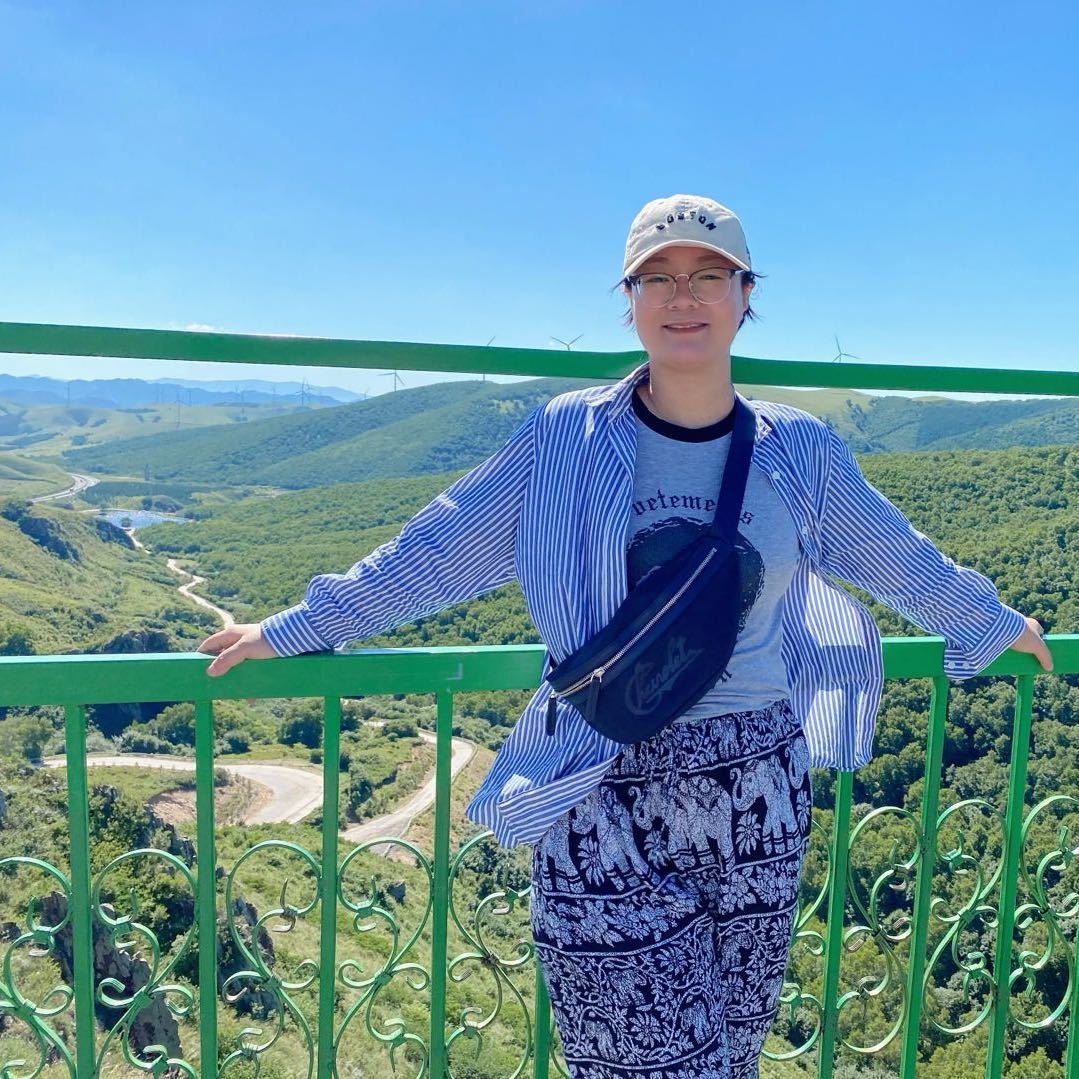5-aminolevulinic acid (ALA) is a key precursor for the biosynthesis of all porphyrin compounds. As a part of the research on plant chlorophyll synthesis, it has long been valued. In addition to being related to plant photosynthesis, it can also be used as a pollution-free natural herbicide at high concentrations. At low concentrations, it can greatly increase the yield of various crops and significantly improve the salt tolerance and cold resistance of plants. This study intends to use the exogenous substance ALA to treat salt-stressed strawberry plants, trying to explore its effect on photosynthesis and chlorophyll fluorescence parameters of strawberry leaves, and to provide technical support for efficient strawberry facility cultivation.
Effects of ALA treatment on gas exchange parameters of strawberry seedling under NaCl stress

From Table 1: 10 days after NaCl stress treatment, compare with the control, the net photosynthetic rate (Pn), stomatal conductance (Gs), and transpiration rate (Tr) of strawberry plant leaves were significantly reduced. And the intercellular CO2 concentration was increased ( Ci).
ALA treatments with different concentrations tended to increase Pn, Gs, Tr and decrease Ci of salt-stressed strawberry plant leaves, while 50 mg/L treatment promoted the net photosynthetic rate of strawberry plant leaves to a significant level.

Compare with the control, NaCl stress treatment significantly reduced the maximum photochemical efficiency Fv/Fm and leaf potential activity Fv/Fo of strawberry leaves 10 days after treatment, and increased the minimum fluorescence (Fo). ALA treatment on strawberry plant leaves under exogenous stress has a tendency to increase NaCl salt v/Fm and Fv/Fo. Among them, the 50 mg/L and 100 mg/L concentrations have a significant promotion effect on the maximum photochemical efficiency (P<0.05). At the same time, the external stress Source ALA-treated strawberry plant leaves maintain lower minimum fluorescence (Fo)
Effects of ALA treatment on chlorophy fluorescence parameters of strawberry leaves under NaCl stress

Table 3. Compared with the control, the actual photochemical efficiency (ΦPSII), photochemical quenching coefficient (qP), apparent photosynthetic electron transfer rate (ETR), photochemical rate ( PCR) significantly decreased, while the non-photochemical quenching coefficient (NPQ) and photosynthetic function limit value (LPFD) increased significantl. Different concentrations of exogenous ALA treatment tended to increase ΦPSⅡ under NaCl stress, significantly improving qP, ETR and PCR (P <0.05); exogenous ALA treatment had a tendency to reduce NPQ and significantly reduced LPFD.
Effects of ALA treatment on dry weight and fresh weight of strawberry plants under NaCl stress

Compar with the control, NaCl stress can significantly reduce the above-ground fresh weight and dry weight of strawberry plant. However, exogenous ALA treatment has a tendency to increase the above-ground fresh weight and dry weight of plants under salt stress. Among them, 50 mg/L treatment had a significant effect on the dry weight of above-ground plants (P<0.05. However, salt stress and ALA treatment had no significant effect on the dry and fresh weight of strawberry plants below ground.
Analysis and Summary
ALA treatment significantly increased the apparent photosynthetic electron transfer rate, photochemical quenching coefficient and photochemical rate of strawberry leaves under salt stress. Strawberry plants treated with ALA had higher dry and fresh weights. At the same time, 50mg/L treatment had a negative impact on strawberry. The promoting effect of aboveground dry weight reached a significant level (P<0.05).
This shows that ALA treatment can alleviate the damage to the PS domain of strawberry plants caused by salt stress. Allow strawberry leaves to maintain higher photosynthetic capacity and higher accumulation of photosynthetic products. 50mg/L treatment has alleviated salt stress in strawberry plants, enhanced the photosynthetic capacity of leaves and increased the accumulation of dry matter in the aboveground.
Wellyou Tech uses metabolic engineering and microbial fermentation technology to construct genetically engineered bacteria and optimize fermentation process conditions. The industrial production of 5-aminolevulinic acid has reached the world’s leading level.


